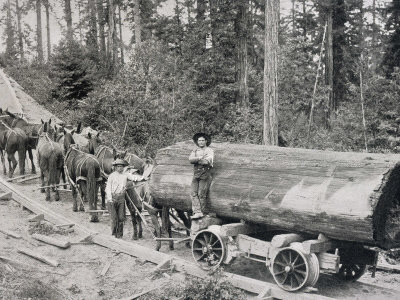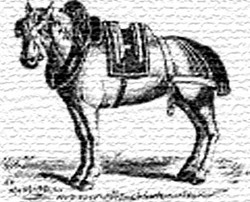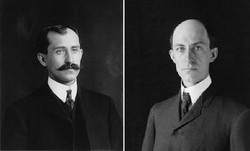The Surrey Iron Railway was one of the first railways in the world, planned in 1801 and opened in 1803. Used to transport goods, the wagons ran on cast iron rails and were pulled by horses. Uniquely it was open to the public, making it the first public railway in the world.
It ran successfully for over forty years, but the advent of steam engines spelled the end for the railway. The horses were unable to compete with the speed of steam, and with iron rails unable to take the weight of the steam engines an upgrade was not possible. It closed in 1846.
Lensimage from Millermark Free clipart - Classic Horse











 Alternatives to Tweetdeckon 03/06/2015
Alternatives to Tweetdeckon 03/06/2015
 Computer Game reviewson 02/28/2015
Computer Game reviewson 02/28/2015
 The Bard's Taleon 02/04/2015
The Bard's Taleon 02/04/2015
 Domeboon 02/04/2015
Domeboon 02/04/2015


Comments